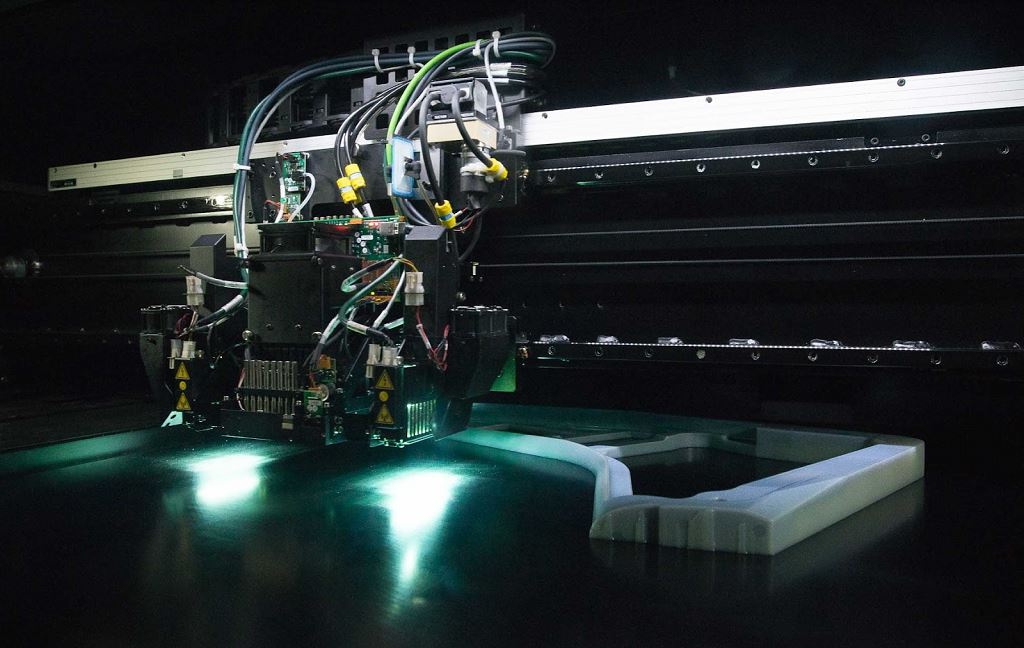![3D Hubs released their quarterly usage report [Source: 3D Hubs]](https://fabbaloo.com/wp-content/uploads/2020/05/image-asset_img_5eb0a4ba7a500.jpg)
3D Hubs issued their most recent quarterly activity report today.
The Amsterdam-based 3D print network has been producing these quarterly reports for quite some time, and we’ve eagerly followed them. For a time they were the only publicly available information regarding use of 3D printers, particularly desktop equipment. One can debate the relevancy of their statistics, as they were based on the entries in their database.
The company began by operating a community network of desktop 3D printers, where unused machine time could be allocated out to print requestors worldwide. It was much like an AirBNB for desktop 3D printers.
Because of the frequent amount of spare cycles on desktop equipment, the site became a very popular side activity for many to raise a bit of cash to offset the costs of their equipment.
Thus their network somewhat reflected the state of affairs in the world of desktop 3D printing. We could see which machines were popular, which machines were being used the most, and which machines delivered parts with the best user-rated quality. All good stuff.
Recently, however, 3D Hubs made a strategic corporate decision to phase out the desktop / hobbyist community network portion of their business in favor of a parallel professional network of 3D printers and other manufacturing equipment, much to the disappointment of those participating in the community network. However, as we explained in a previous post this move was inevitable, as there simply isn’t enough cashflow in a community network to be viable. 3D Hubs should know this quite intimately, being at the time by far the largest community 3D printing network on the planet.
Now 3D Hubs is more of a professional “club” of manufacturing machines (including 3D printing and CNC machining), with far fewer but larger and more powerful participants. From this network requestors can receive very high-quality prints from a variety of industrial and professional 3D printers.
But 3D Hubs has still issued their traditional quarterly report.
Does it still carry the same meaning as it did previously? I’m not sure it does, given the significant change their network has undergone. One can no longer draw conclusions on the state of desktop 3D printing as their network is now quite different.
Thus 3D Hubs’ statistics regarding “most used machines” really isn’t meaningful other than showing us a bit about their clients. However, what remains of interest is the quality ratings provided by 3D Hubs in their report.
Each completed print request is rated by the requestors, and 3D Hubs can correlate these ratings with the specific machine types used to produce the part. Thus they can provide us some information regarding the quality capabilities of various equipment. Again, however, there is the unknown variable of operator competence: some of 3D Hubs’ participants may simply be better (or worse) when using a specific type of machine.
Nevertheless, it is still quite interesting to review these quality statistics.
This period’s desktop equipment report shows the open source LulzBot TAZ 5 to be at the top of the quality ratings, just beside the Zortrax M200, a very popular machine. Surprisingly, the inexpensive Creality CR-10 is in third position, an unusual finding for a machine considered “low-cost”. This simply proves that inexpensive Asian equipment is not necessarily as bad as some may think.
The remainder of the list is dominated by Prusa and Ultimaker, both of which produce machines of notable quality and it’s no surprise to see their equipment listed.
On the industrial equipment report the highest rated machine is the UnionTech Lite 600, tied with the Shining 3D iSLA-650 Pro, two more inexpensive (for industrial equipment) Asian machines. Another surprise on this list is the Sinterit Lisa, an inexpensive competitor to established SLS vendors, again showing that low cost does not necessarily mean low quality.
You can read the entire report at 3D Hubs.
Via 3D Hubs











